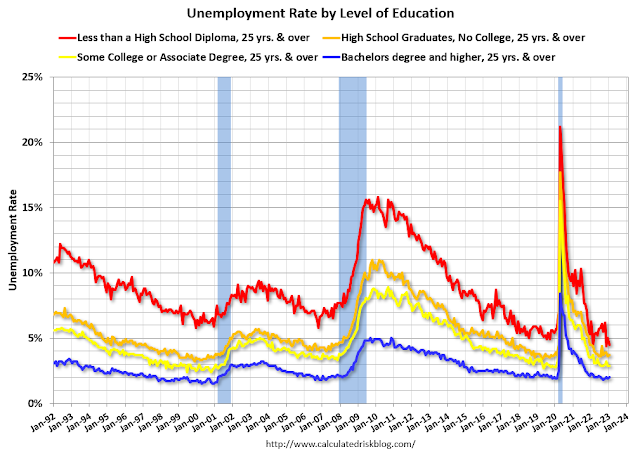Section 2 Extra Credit Posts for Spring 2023

For February 17 The BLS released the CPI on Tuesday, and the PPI on Thursday. The PPI is the Producer Price Index. The CPI is prices you and I pay, the PPI is the prices our employers pay for the stuff we use on the job. The usual thinking is that changes in the PPI get passed on to consumers several months later, where they show up in the CPI. And ... it was up by a lot: 0.7% over the month, and 6.0% over the last year . The former is a little worse than expected. The latter rate has been dropping, but it's still probably 2-4 times higher than we'd like it to be. That's the way inflation works: when it's too high, it's too high for a while. We're going on about 2 years of this now. Keep the PPI in mind the next time you hear a politician or someone in the media say that inflation is easing up. Maybe a little, but the PPI isn't indicating that it's going to go away any time soon. For February 15 There are a ton of different measures of inflation, but the